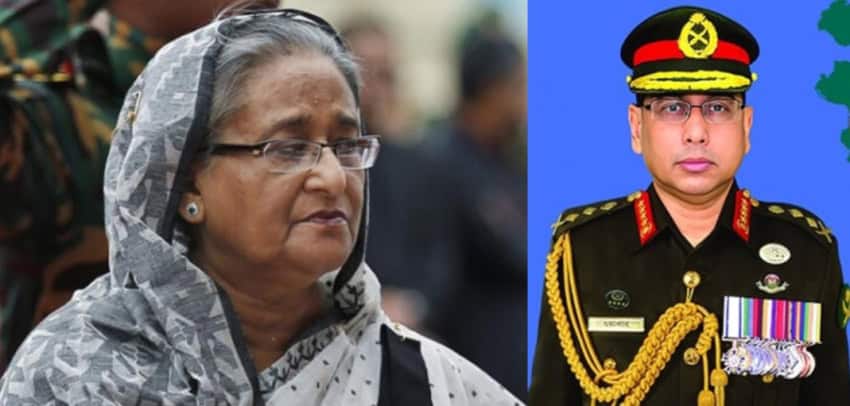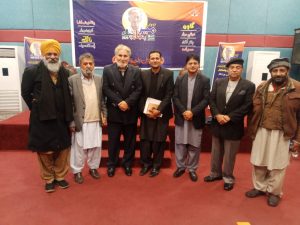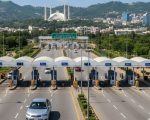DHAKA – Bangladesh massive protests led to resignation and escape of Prime Minister Sheikh Hasina, who ruled for long time. The protests, initially against job quotas, escalated into a nationwide movement demanding Hasina’s ouster after the autocratic government crackdown killed around 300 people – mostly youth.
Reports in international media now came up with final moments of Hasina’s escape from her hometown. It said Army chief, General Waker-Uz-Zaman was clear that armed forces would not crush enforce a curfew.
The plan was communicated to Hasina, indicating that she no longer had the army’s support.
Army’s distance from Hasina’s plan to crush students contributed significantly to the abrupt end of Hasina’s 15-year tenure when she fled to neighboring India. The curfew was imposed following intense violence on Sunday, which resulted in at least 91 deaths and numerous injuries in clashes that marked the peak of student-led protests against Hasina that had started in July.
Bangladesh Army’s decision to withdraw support was due to massive scale of the protests and the high number of casualties, making it untenable for the military to continue backing Hasina.
Bangladesh protests: PM Sheikh Hasina resigns after army’s ultimatum, flees to India














